On My Vlog…
… I said something along the lines that I had been struggling. And I also said that the first three project attempts felt, well, uninspired. Well, now I want to say that I pressed through, found total interest, and then too the excitement I always feel about my making. This, of course, comes only on the other side of doubt because that is where inspiration thrives. The reason is something I want to share with you about experiences I have found at points in my life. If you didn’t catch the vlog, it’s here.
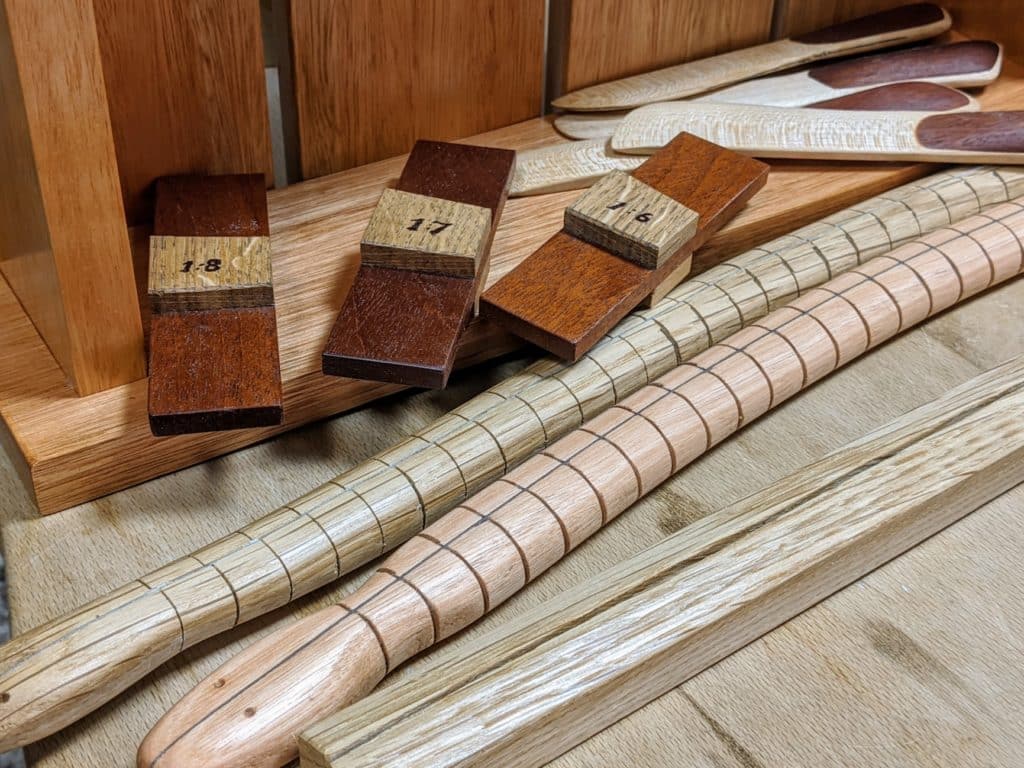
Sometimes, often, the hardest point in being creative is the stare you get when you open to a new page. Call it writer’s block if you want to. It affects every sphere of art. A white sheet remains unspoiled until the pen, the pencil makes that first point of contact. Striking the line will follow on only with a concrete and clear thought. Our doubting seems to stymie our creativity and we might well vacillate until clarity makes its path. There are times when my pen seems to flow freely across the page be that in a sketch, a technical drawing, a writing, or whatever. Why should it be any different if we lift the tools to the wood and the wood to the workbench? Often we feel inspired but have no plan.
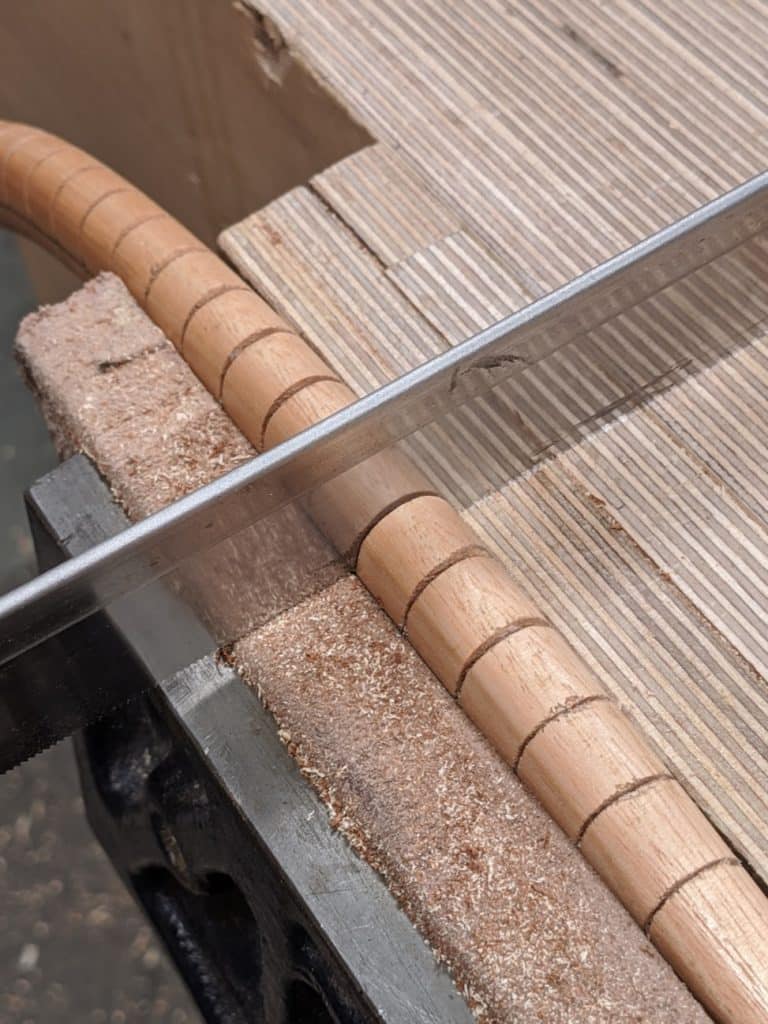
The mind is, of course, plays tricks on us, it’s where the greatest battles take place. Self-doubt can permeate our thoughts and we can become discouraged. But discouragement may not be in our own ability to determine the course, it can also come from surrounding issues. What I know is this: when I start a drawing and it doesn’t look great I keep drawing. I keep drawing and drawing and fill in the blanks until it represents what I envisage in my mind. There comes a breakpoint when the drawing transitions from not representing what I want, into a close resemblance. Suddenly my spirits lift and I find rest.
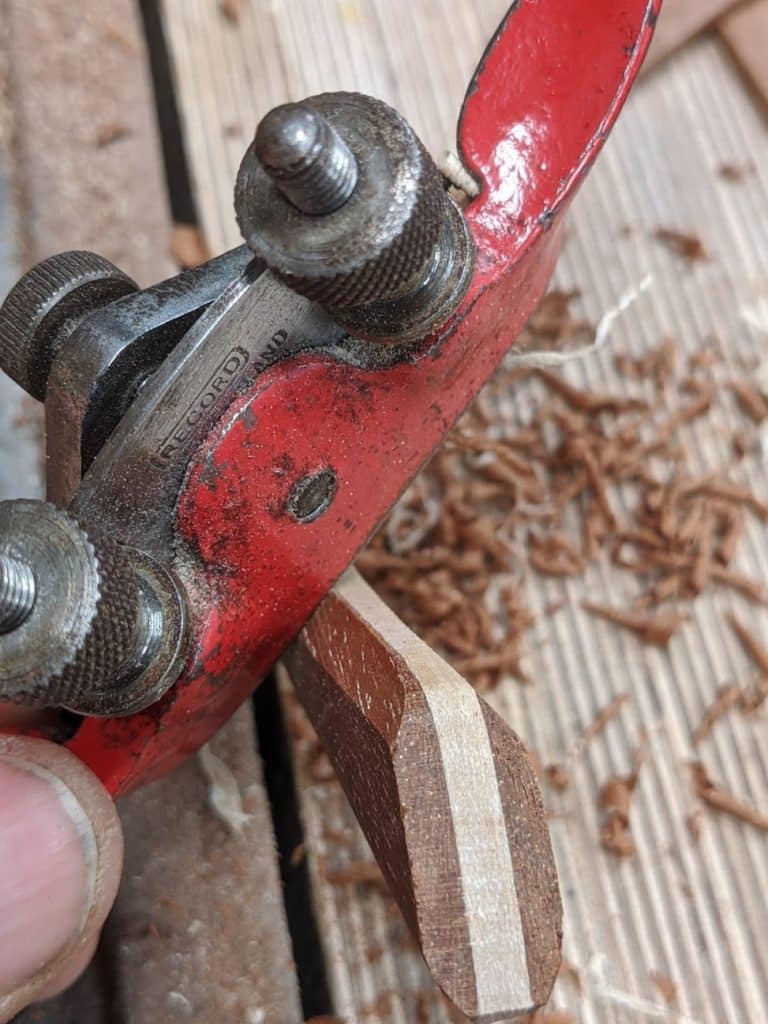
The same is true when I write, of course. The words seem jumbled. the sentences incomplete. I rough out on paper to capture thoughts and then i stop and look at the nonsensical statements scattered not in randomness but just incompleteness for lack of the exact word. I go back to my original thought somewhere on the page and remember the feeling `i had in what I had not spoken but said inside my head. I retrieve the gist of it and continue until a passage, reread several times, encapsulates the whole of my intent with clarity.
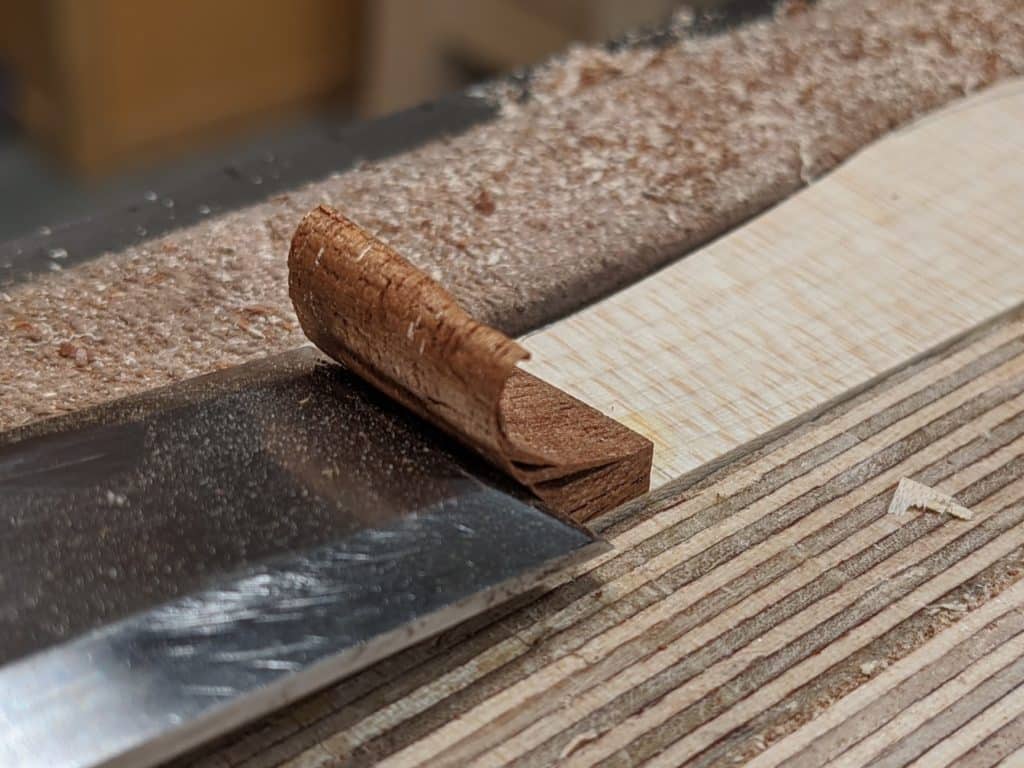
Doubting you can do anything and do it well is always the first barrier to overcome. No matter what I make , and even when a joint goes badly, a drawing seems childish or a writing goes nowhere to begin with, I choose always to finish what I began and I do that because it’s just good for me to recognise my imperfections.
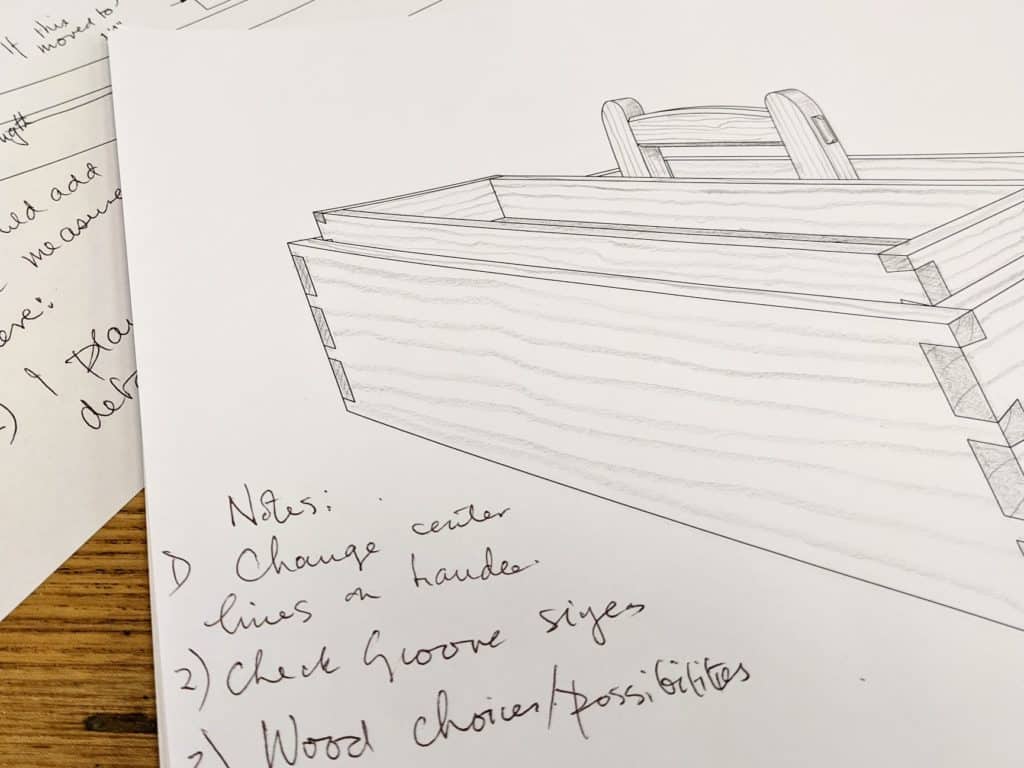
Today I have five nice projects completed. They are not complicated, but they did take some thinking through, and, of course, as ever, I love them for the extra effort it took for me to overcome the invasiveness of COVID-19 and the pandemic it caused. In the future, I will forever recall my struggle towards inspiration in making each of these projects as an open door for others to develop and grow their skills.


Are you going to show us how to make the toolbox you share in your blog?
Yes, it will be an upcoming woodworking masterclasses series scheduled first episode on the 6th May with intro 30th April
Nice! That toolbox looks very good! Even gorgeous, I could say!
Paul, we think of u all the time, we appreciate and care about u
Every project, whether large or small, that I think through ends up satisfactorily. My thinking usually involves an A4 sheet and a pencil, it helps me greatly. Round after round of designs, until I’m satisfied. Yesterday was the same, found a solution for a problem I was pretty smug about. Then saw someone else’s solution and it was better and easier to implement. So another round of designing follows.
That’s the only problem I have with designing: sometimes you get locked into a certain way of thinking and you need an outside example (e.g. how someone else solved the same problem) to see your own solution was sub-optimal. That’s why I usually design for days or weeks, in the mean time getting inspiration/stealing other people’s ideas and only build when I’m certain it’ll end up good. Often the thinking about a problem takes much longer than its manual execution. If I don’t, I usually end up dissatisfied about the end-result.
Once again, your post points us back to a core message from you, patience and perseverance!
For me design is about how an object interacts with an environment. Doesn’t matter if the interaction is purely artistic or utilitarian. So questions naturally arise like, why does this thing exist? How would one interact with it? For utilitarian items questions like what is the user trying to do? and how will this thing make using it harmonious with the environment.
Check out https://dschool.stanford.edu/ whose stated goal is
“We believe everyone has the capacity to be creative. The Stanford d.school is a place where people use design to develop their own creative potential.”
(from dschool.stanford.edu)
Paul
do ever go to an actual wood model after preliminary sketches. For me the actual is better than the paper. You are a more gifted sketcher than I so maybe you don’t need to work out your plans on wook
thanks
Ken
Well, I make the prototype before we film but that is to iron out any glitches we might face beforehand. Whereas my drawings as sketches prepare the way, more detailed drawings accompany me as I make. Sketchup pegs the final details so any alterations made are now recorded there and of course, any domino effect affecting the real work is captured there too.
This is a great and honest post about the challenges of designing and creating, thank you. I hadn’t really experienced it in my woodwork until I recently tried to design my own stepstool for my toddler … wow it’s a whole new challenge compared to making to a carefully-drawn plan of someone else’s design!
I was reminded of the response a composer (Andrew Lloyd Webber perhaps) once gave to a journalist, who asked him what he did if he didn’t find any inspiration? The response: “inspiration is for amateurs”. The point being, I think, that a professional keeps plugging away regardless; also that a pro has a big enough repertoire of knowledge to draw on so that they can evolve even a bad idea into a good one by applying their skills, knowledge, and experience.
Anyhow, I’m looking forward very much to seeing these various projects in due course.
And more importantly, here’s wishing you the very best in this difficult time Paul. I’m sure we all feel that the most important thing at the moment is that you keep yourself safe and well.
Best wishes, Andrew
Typing ideas to communicate them obliges one to think of the possible exceptions, the possible objections and so on; and so to clarify one’s ideas and sometimes … changing opinion (and throwing the paper in the basket because the impulse to communicate does no longer exist).
Sylvain